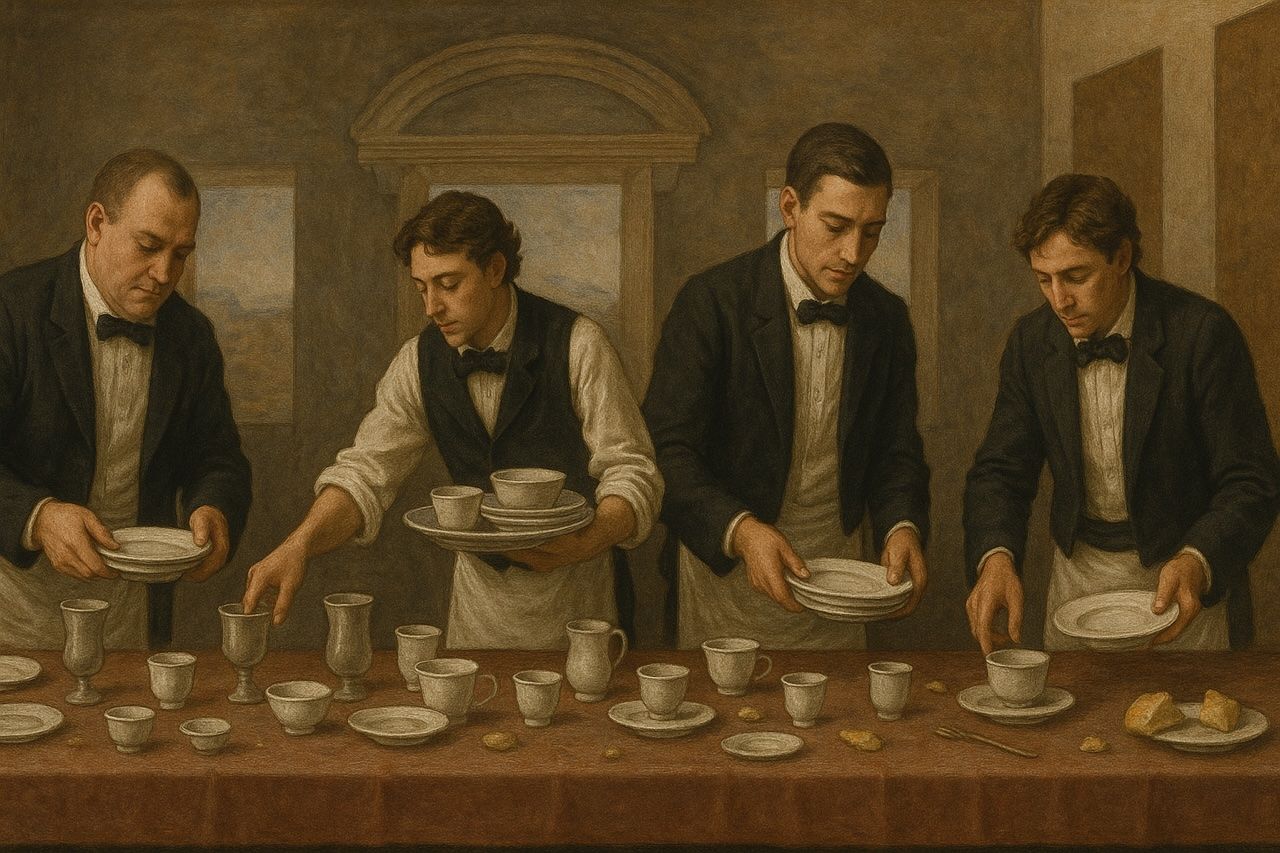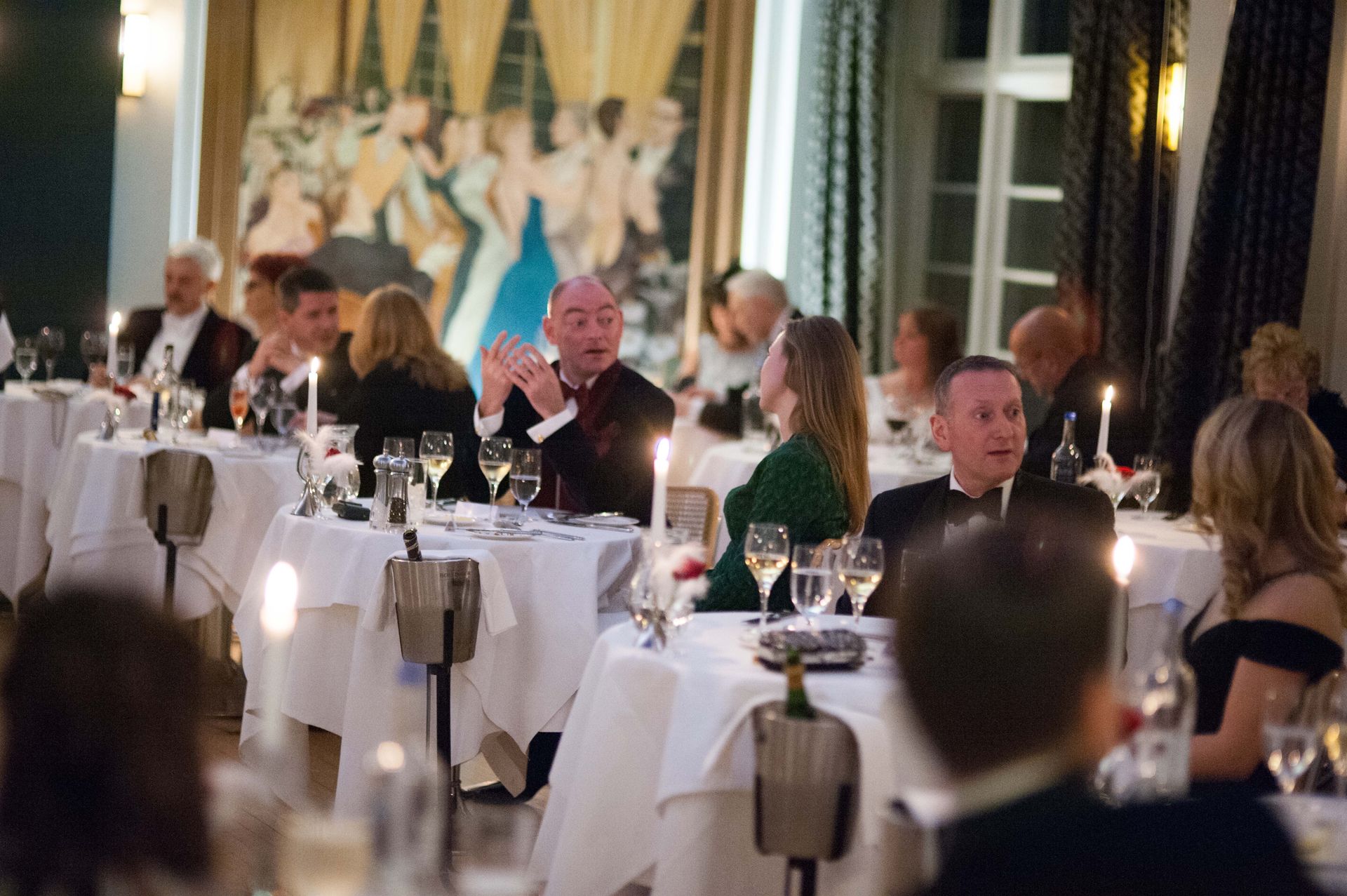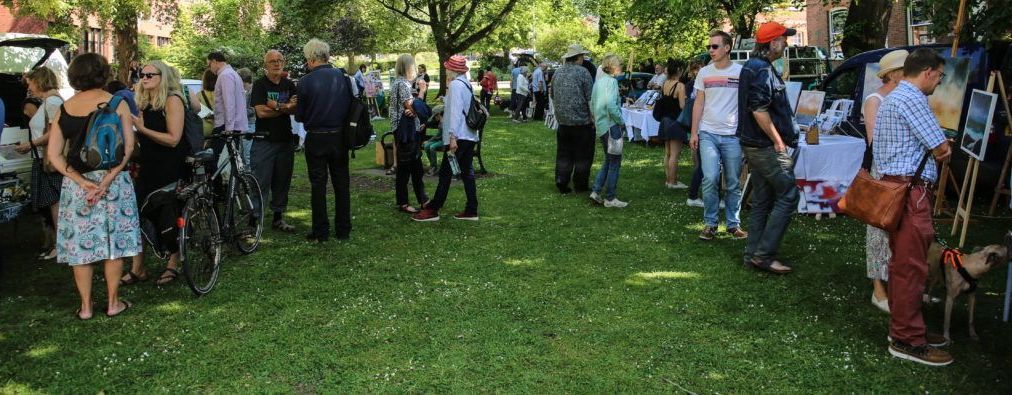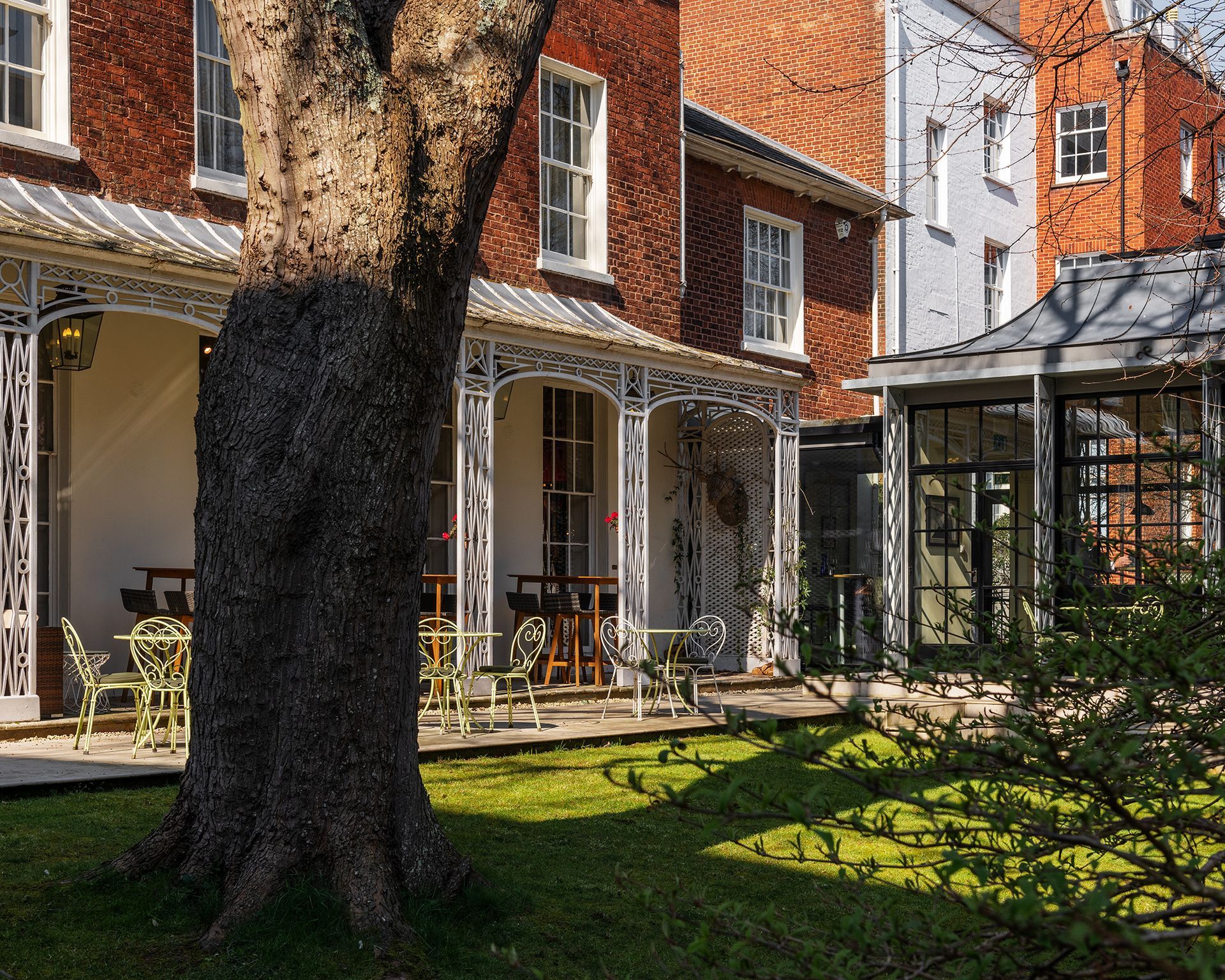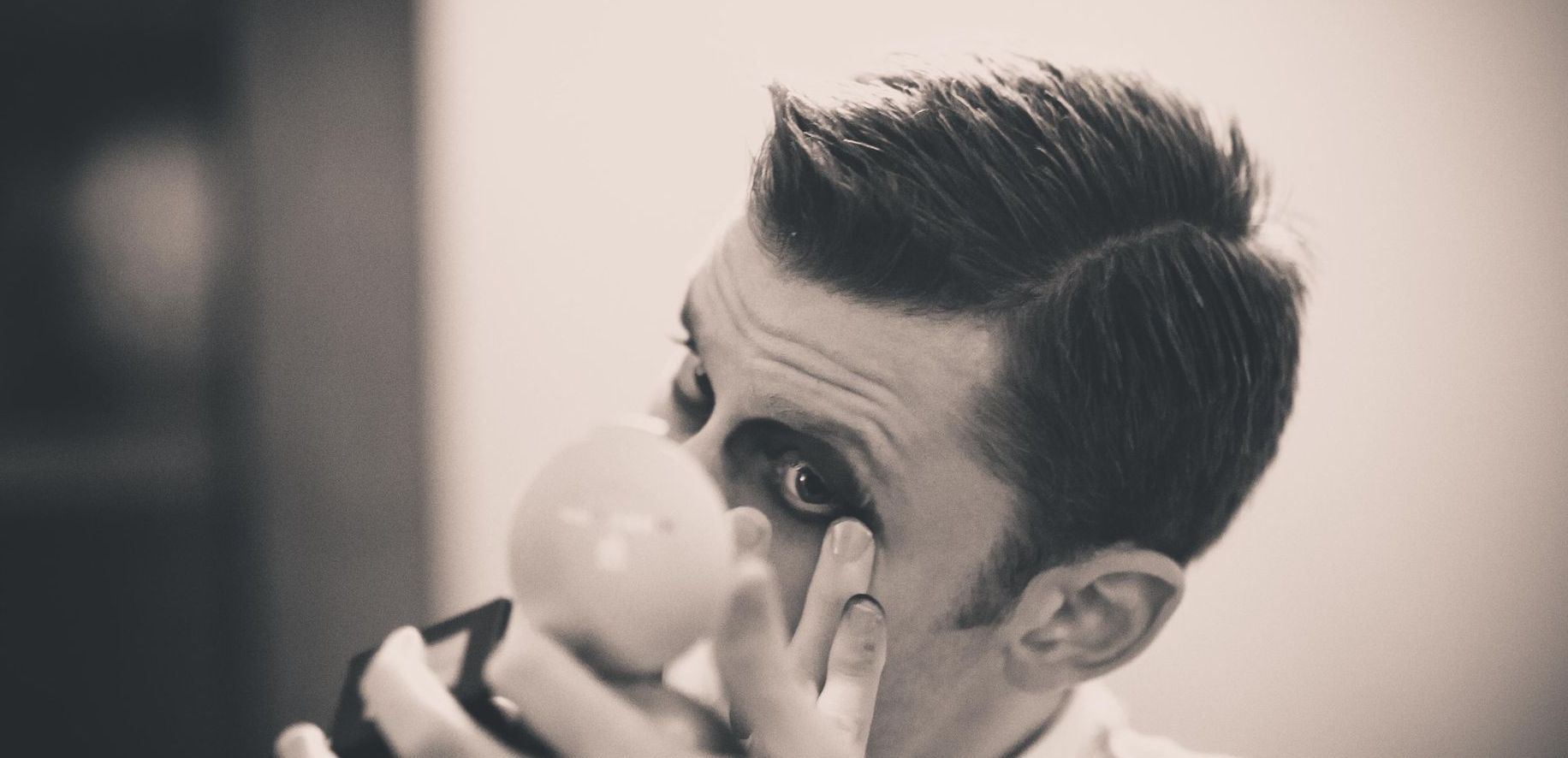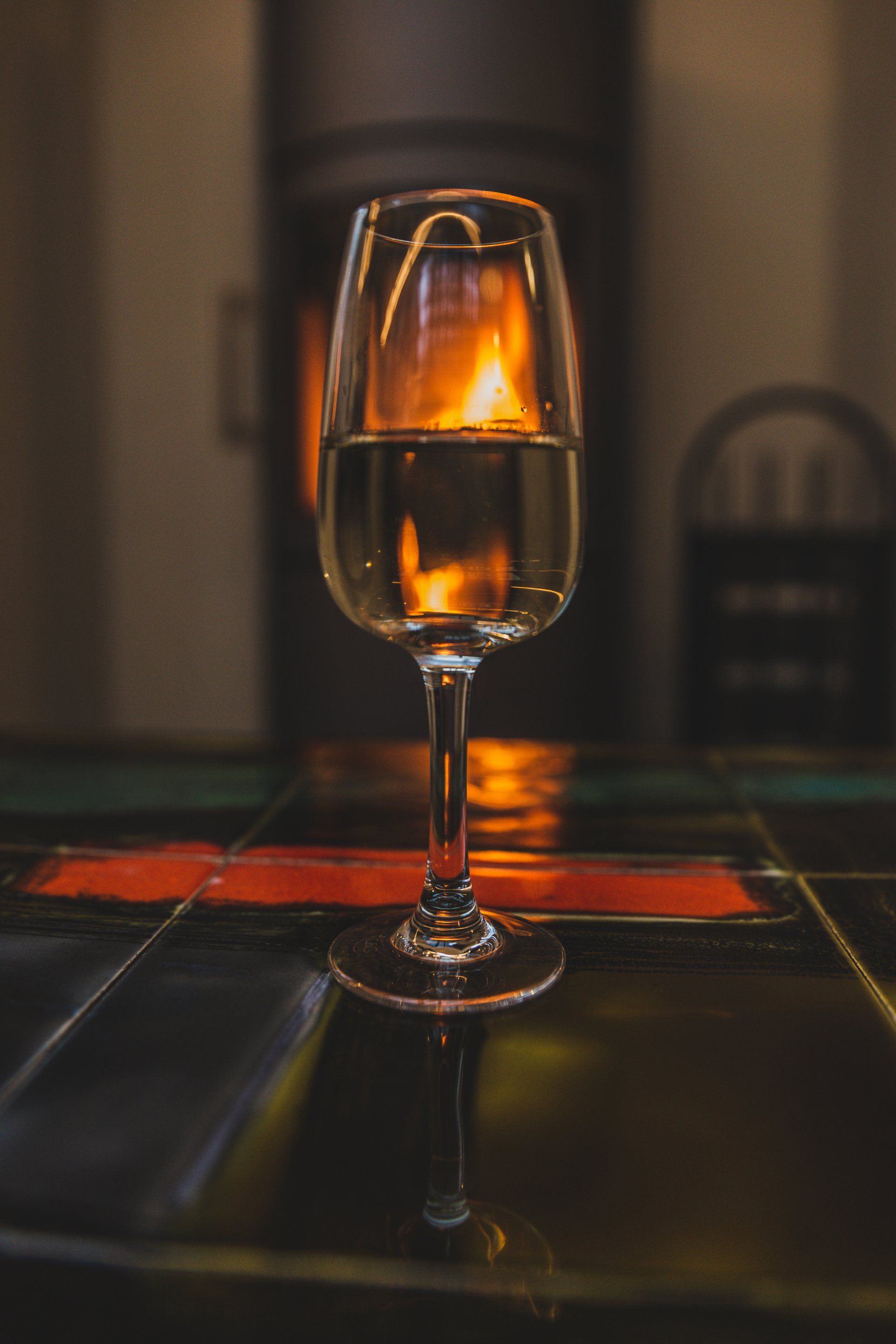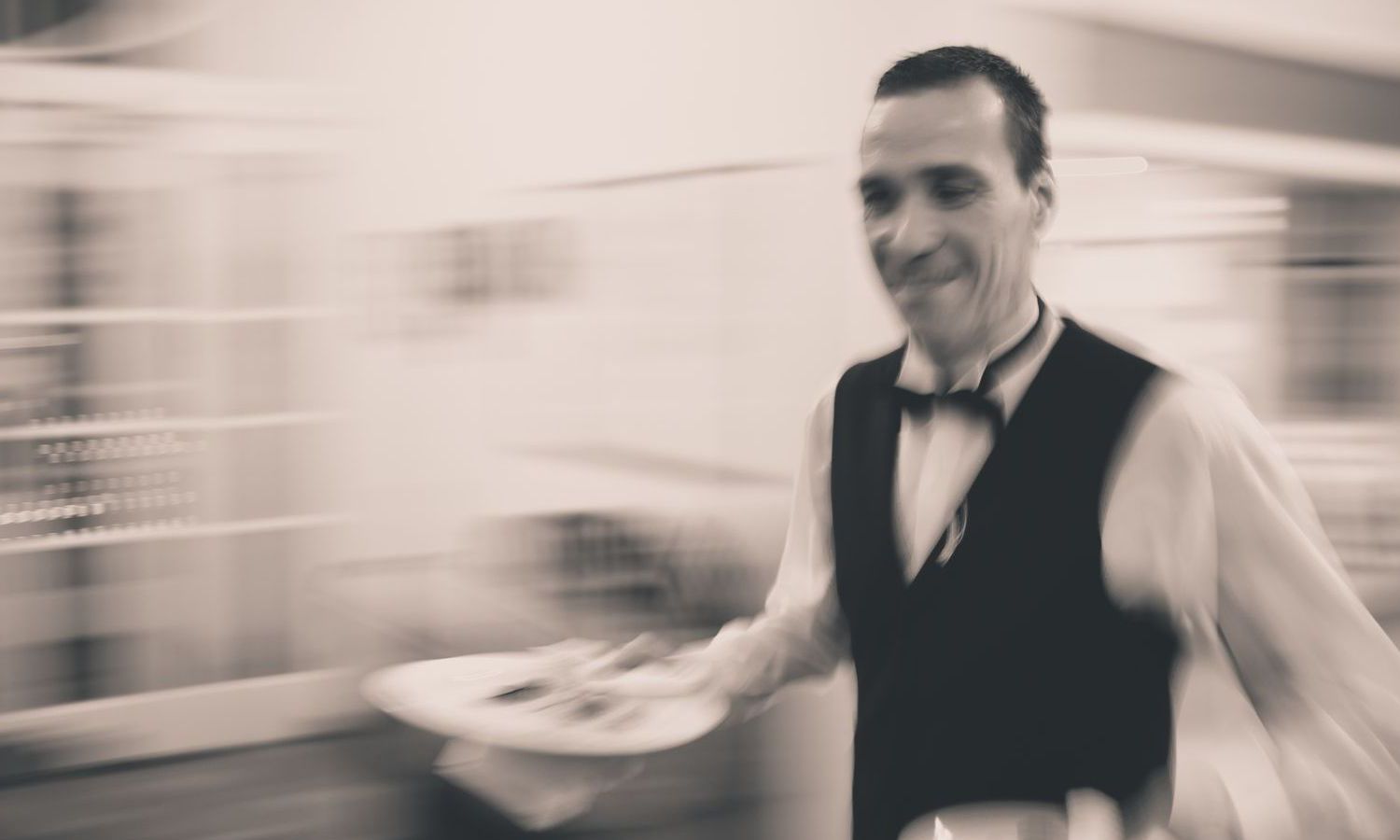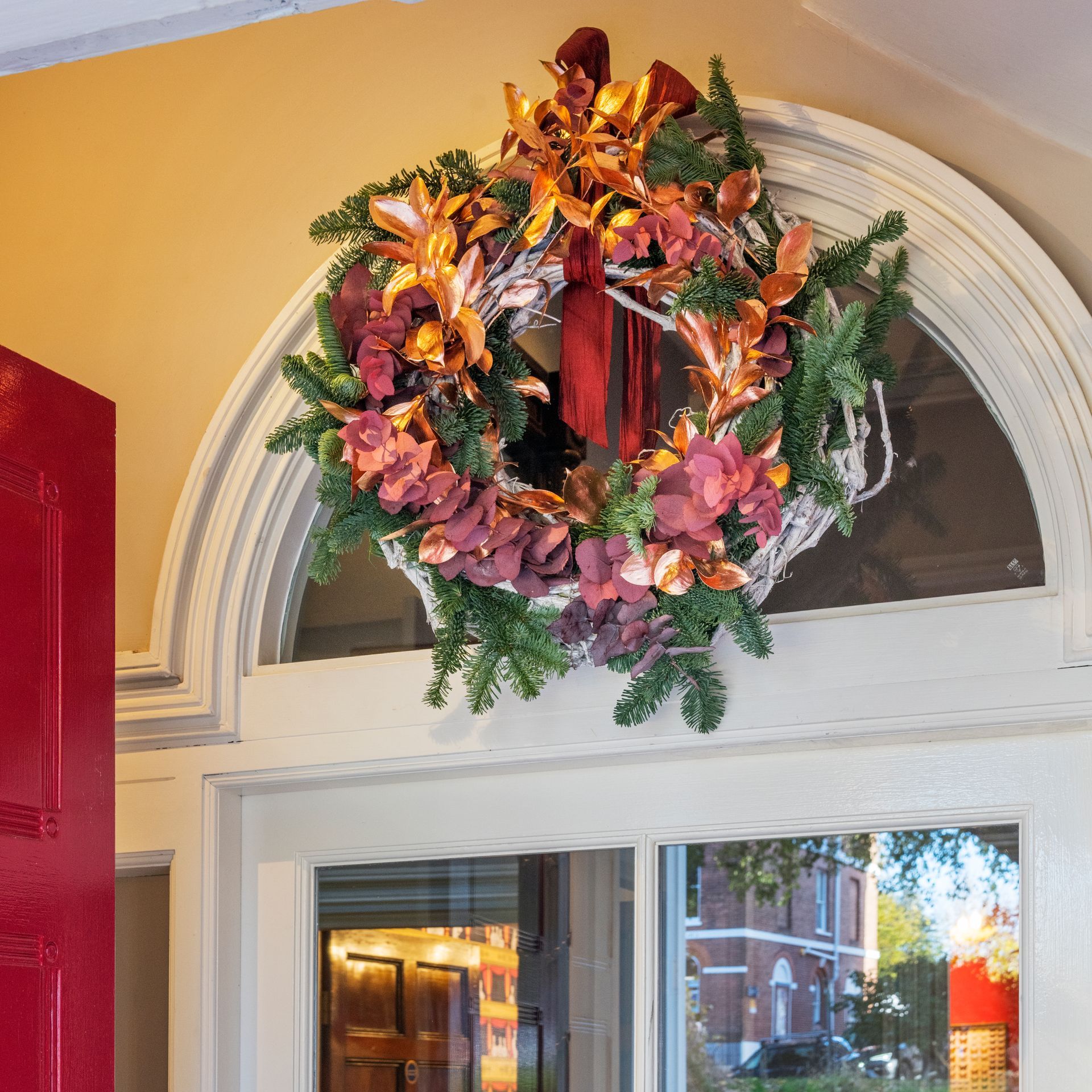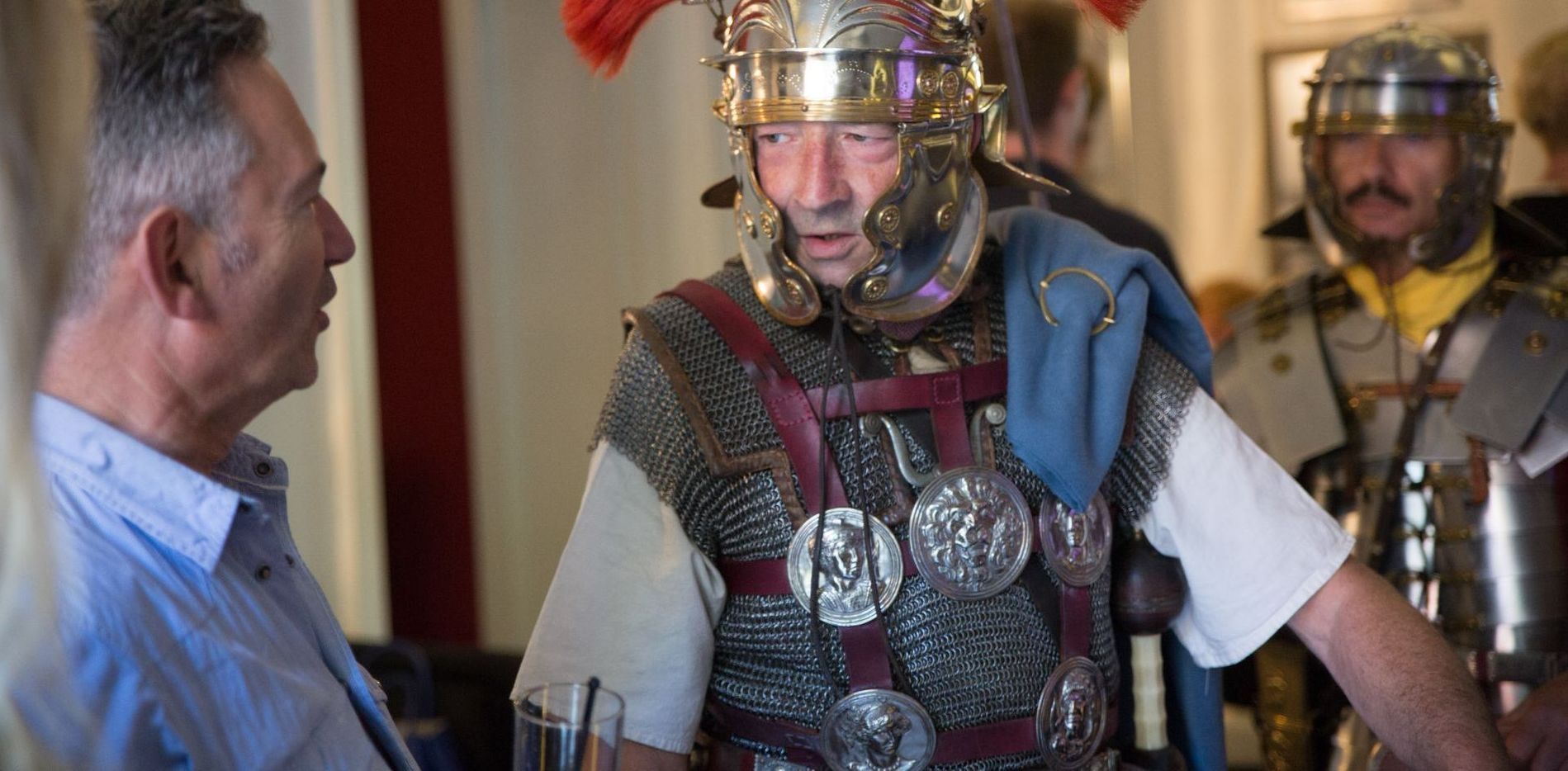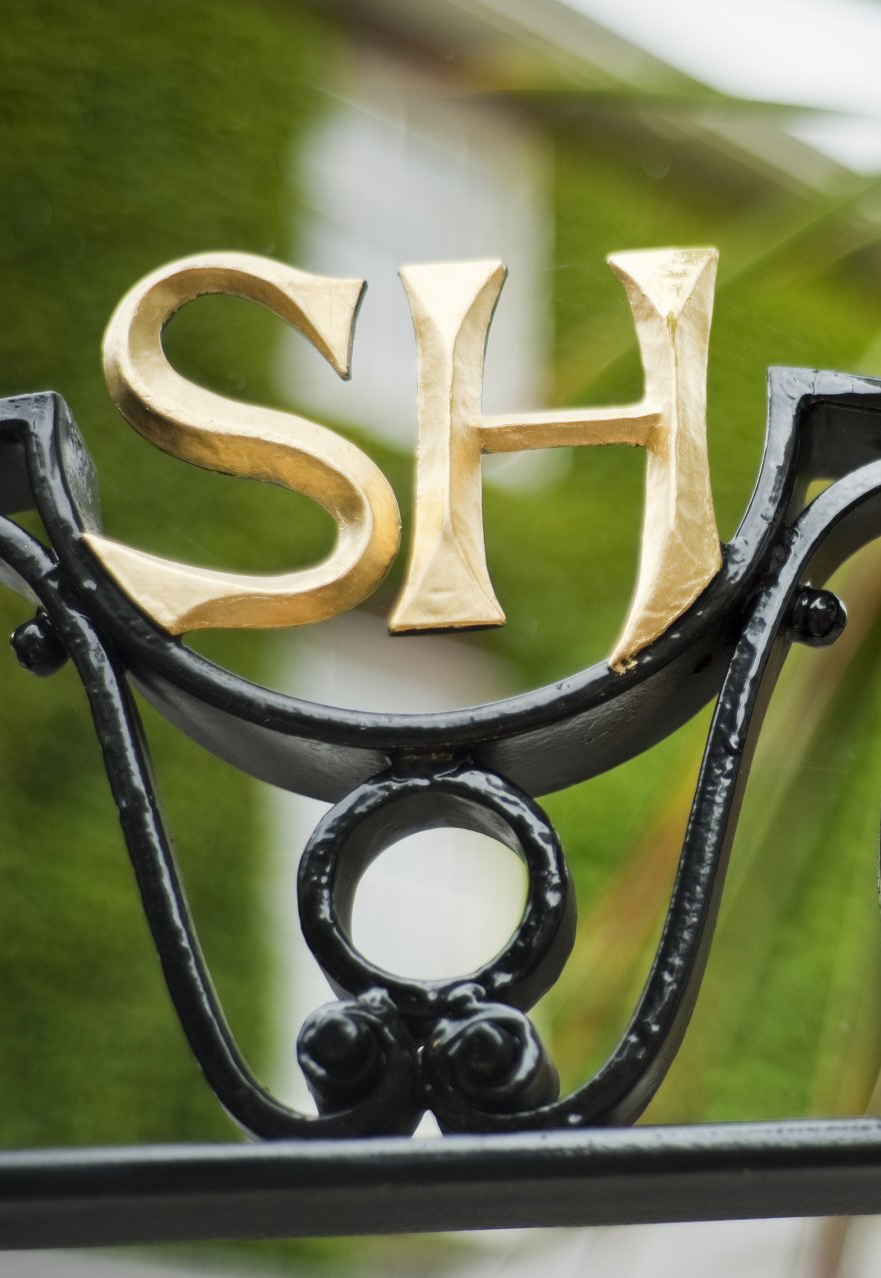Vison, On
What do you see in this picture? Me first: at a simple level I see three beautiful women dancing together in a stylised idyllic setting. The flowers underfoot, the position of the women, their hands clasped and caressing make me think along classical lines - maybe three graces?
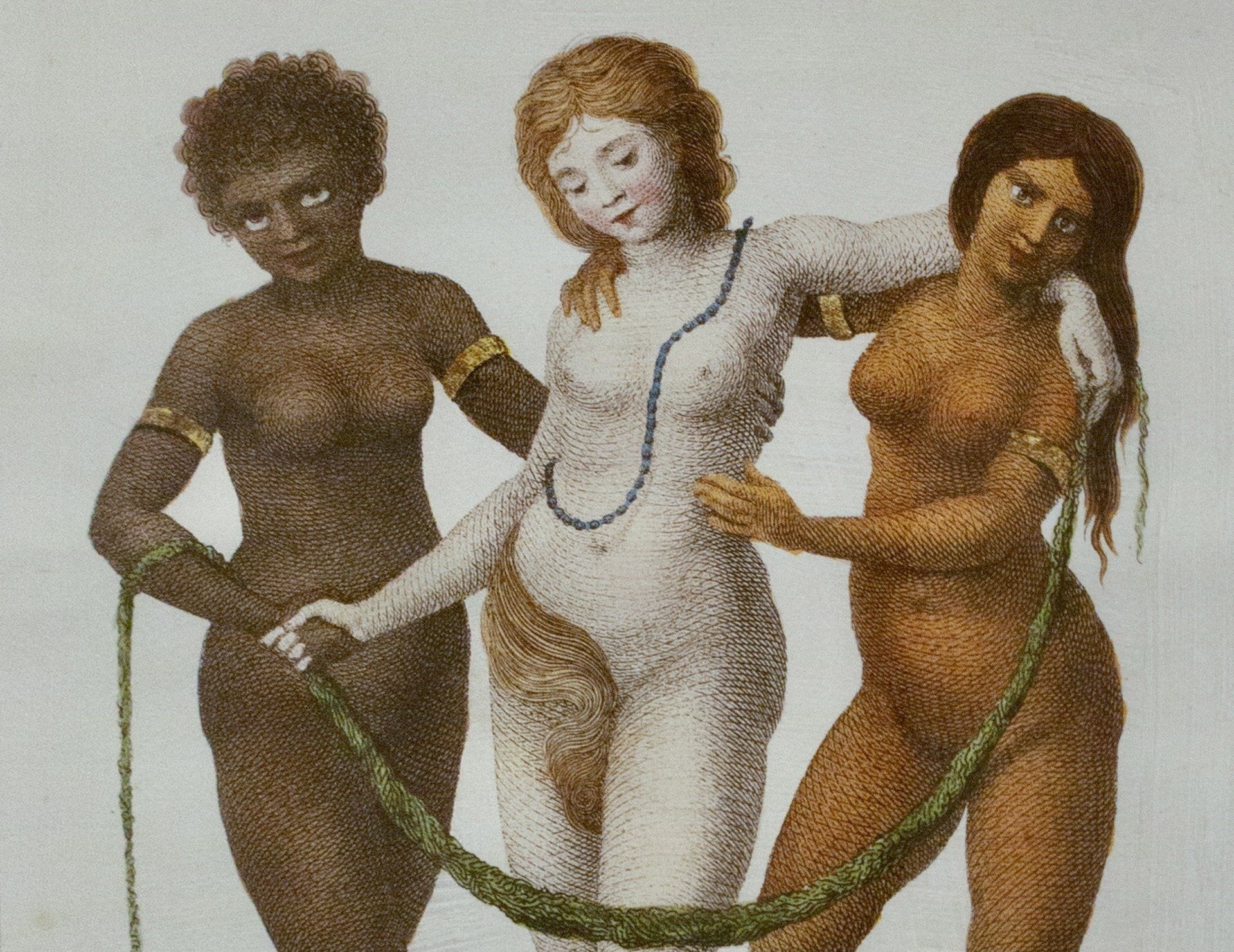
I know that this is an engraving by William Blake. And I know enough about Blake, his politics (borderline anarchy, actually) and his out-there transgressive mysticism to know that this is meant to be a positive, inclusive message, an allegory saying we are all of us nothing without everything working in harmony. That sounds like paradise, and this image was no doubt nodding in that direction. It was commissioned by a friend of his, John Stedman, for his book exploring colour, oppression and freedom. It’s thought that the slave bracelets worn by Africa and America represent literal hard fact, while handclasps and mutual support symbolise Stedman’s principle that “we only differ in colour but are certainly all created by the same Hand.” Blake's idea of paradise wasn’t patriarchal, other-worldly; it was here and now and his visual art, and writings, try to draw that divine mysticism down to earth.
Yes, Blake was the definition of an idealist. He was angry, rebellious and voracious, cherry-picking the ideals of the French Revolution and kicking against the conventional pricks of the time. Huffing about the conservatism of the Royal Academy, of which he was still happy to be a member, and specifically taking a swipe at Sir Joshua Reynolds, he denounced the whole thing as a fraud and set out his stall with a news thump: "to generalise is to be an idiot".
I’ve been looking at this engraving, a copy of which hangs in Southernhay House, a lot recently. This picture has provoked some interesting comments and I realise it is not possible to read it fully without a background knowledge of Blake. I don’t think that makes it different from any other creative work. While you may not connect Blake the artist with the many images that you are familiar with - his visual work is so distinctive, so trippy - you know at least one of his poems, Jerusalem, written in 1804 and now co-opted into a quasi national anthem. I love anything that crosses borders and Blake ticks all my boxes.
As another of my fave poets, T S Eliot, wrote, “[Blake’s poetry has] a peculiar honesty, which, in a world too frightened to be honest, is peculiarly terrifying. It is an honesty against which the whole world conspires, because it is unpleasant.” In Jerusalem, the world has conspired to misinterpret Blake's critique of our "Dark Satanic Mills" into a celebration of sovereignty.
Blake’s lifetime (1757-1827) was prime time for global exploitation. It was also the time of revolutions political and industrial, research, beauty and the democratisation of intellectual curiosity through printed pamphlets and coffee houses. There were conversations about slaving and oppression happening, then as now. There were radical non-conformists like Blake, probably more than now. The Georgians were, then, just like us.
Blake’s visual work was important to these discussions; his engravings connected with a mass audience. Printed pictures, given that a lot of poorer people would still have questionable literacy, were huge at the end of the 18th century.
In Blake's world, even working-class women got a look in. Blake’s wife, Catherine, was illiterate when they married in 1782 (she signed her name with an “X”) Blake taught her to write, sharing his engraving skills with her. Principles of equality run strongly through his work. I assume Catherine put her foot down when Blake notoriously tried on a threesome in the interest of revolutionary free-love, maybe not; they were happily married to his dying day.
There’s a further twist to Blake, which explains why I know a little about him. It’s my age, you see: Blake goes in and out of fashion like a pair of flares. After his death, the early Victorians were suspicious of the whole free-love, mystic thing (at least in public) and it took the high romanticism of the Pre-Raphaelites to give him a rehab. Then everything Blake went quiet - until my generation. Yes, in the ‘60s and ‘70s Blake was a rock and roll god. He was quoted as an influence by some of my favourites: Bob Dylan, Jim Morrison, Mick Jagger, Keith Richards, Patti Smith, Kris Kristofferson, Joan Baez, Joni Mitchell, Bruce Springsteen, and Bono. The recent BBC poll of 100 Greatest Britons ranked Blake 38th, higher than any other visual artist and second in poetry only to Shakespeare.
But I want to let Catherine have the last word: “ I have so very little of Mr Blake’s company; he is always in Paradise.”

